The U.S. Department of Education’s Charter School Program (CSP) wasted more than a billion dollars on charter schools that never opened or opened for a very brief period before closing, according to two reports published by the Network for Public Education in 2019. CSP has provided close to $4 billion in seed funding to charter schools since 1995, but lax oversight of funds has resulted in a 37 percent national failure rate. The three states that wasted the most funds on charter schools are Louisiana (48 percent failure rate, $27 million lost), Florida (37 percent failure rate, $34 million lost), and, with the “most astounding loss,” California (37 percent failure rate, nearly $102 million lost).
As a former charter school teacher in Los Angeles, I saw federal dollars being wasted on dysfunctional schools that never should have been started in the first place. Westchester Secondary Charter School, the school where I taught in the 2016-2017 academic year, was launched with a $375,000 CSP grant. It opened in September 2013 and closed in June 2017. The Los Angeles County Office of Education (LACOE) cited several concerns in its detailed rejection of the school’s charter renewal petition including an “unsound educational program,” a failure to “meet its enrollment projections,” “the lack of appropriate school facilities,” “issues related to special education,” and a discipline program that may cause “physical, educational, or psychological harm to the affected pupils.”
While I was teaching at Westchester Secondary Charter School, City High School—a charter that received a $575,000 CSP grant and was also struggling with facility and enrollment issues—closed “a month into its second year,” according to the Los Angeles Times. Soon after, in September 2016, Westchester Secondary Charter School took in a few of its 116 students, and my colleagues and I embarked on the challenging task of catching them up when they’d already missed a month of instruction and yearned to be with their friends and teachers.
In hindsight, it seems that the public dollars wasted on these schools and the personal angst they caused to teachers, students, and parents should have been avoided with a more rigorous authorization process for the disbursement of CSP funds.
Enrollment issues were not exclusive to Westchester and City High—most charters in Los Angeles were under-enrolled because there were just too many of them. California has more charter schools than any other state, and the Los Angeles Unified School District (LAUSD) has more charter schools than any other district in the country, leading to what the Washington Post’s Valerie Strauss described in 2016 as “the Wild West” of the charter sector.
When Westchester was shut down, it was “under-enrolled by more than 26 percent from the projection in its current [2016-2017] charter, and more than 58 percent below the enrollment target in the original charter,” according to LACOE’s rejection document. The under-enrollment was partially caused by facility challenges: the school had bounced around from one private building to another, finally co-locating with a public school in South Los Angeles, miles from its desired location on the Westside. Westchester’s original petition had predicted an enrollment of 525 students by the 2016-17 school year, but only 220 students were actually registered. In October 2016, the principal laid off a sixth-grade teacher because the grade was under-enrolled, according to an email she sent to families. Because funding was tied to enrollment, our school was fiscally unstable, leading to students, faculty and staff worrying that we could close at any minute.
The NPE has raised questions not only about the reckless disbursement of federal funds by the CSP, but also about the careless charter school authorization process in states like California. In a 2019 report, “Examining California’s Charter School Appeals Process,” the policy and research center In the Public Interest pointed out that the Los Angeles County Board of Education approved Westchester’s petition in 2012, in the same month that LAUSD unanimously denied it—despite the board’s own concerns about its “proposed special education program, student outcome measures, and plan to reflect the student demographics of the Los Angeles Unified School District.”
The Los Angeles County Board of Education’s subsequent denial of Westchester’s renewal petition in 2017 proved that their initial concerns were justified.
Westchester was not only a failed business venture; it was also an unsound investment academically.
Referring to a review of Westchester’s California Assessment of Student Performance and Progress (CAASPP) results in certain subjects for 2015 and 2016, LACOE noted that the CAASPP “data does not show progress for all groups of pupils served by the school.” Specifically, decreases in math achievement were seen “in each numerically significant subgroup: Economically disadvantaged students dropped in Math from 22 percent met or exceeded to 12 percent; Hispanic or Latino students decreased in Math proficiency from 20 percent Met or Exceeded Standards to 10 percent; and Black or African American students decreased in proficiency from 19 percent met or exceeded to 17 percent.”
In English Language Arts (ELA), while economically disadvantaged and Hispanic or Latino students showed increased proficiency, for Black or African American Students, who made up 48 percent of the student population at Westchester, the proficiency decreased “from 29 percent Met or Exceeded Standards to 25 percent,” according to LACOE.
Beyond test scores, the academic program at Westchester was probably harmful to its most vulnerable students, LACOE’s rejection document suggested.
“In 2014, Westchester received a complaint from the Office of Administrative Hearings (OAH) and in 2015, from the Office for Civil Rights (OCR) for issues related to special education,” LACOE noted. In the 2015-2016 academic year, LACOE’s rejection went on to say, the special education teacher, who was non-credentialed, had a caseload of 31 students, which exceeded the 28-student legal limit. While LACOE did not point out that the school hired a new special education teacher in the 2016-17 school year and saddled him with 43 students, exceeding the legal limit even more flagrantly, it did note that the school was overdue on nine Individual Education Plans (IEPs), making it noncompliant on special education requirements.
LACOE also took to task Westchester suspension policy, noting that one student had been suspended 18 times in six months. Furthermore, “A student at Westchester is more than 25 times more likely to get suspended than a student within Westchester’s sponsoring district of LAUSD.”
Additionally, LACOE criticized Westchester’s high student and teacher attrition rates, the school’s not meeting the academic needs of English learners, and its noncompliance with the transparency and open meetings required by the Brown Act.
Westchester Secondary Charter School and City High School are just two of many CSP recipients in California that closed shortly after opening or pocketed the seed money and never opened at all, wasting a statewide total of nearly $102 million—part of the over $1 billion squandered overall.
Stories like these are why the federal government might think long and hard before considering funding new charter schools. As NPE’s two reports on the CSP and my own experience demonstrate, the CSP program has financed schools that are dysfunctional, wasteful, and don’t properly serve disadvantaged students.
(Photo by Allison Shelley for EDUimage, CC BY-NC 4.0.)

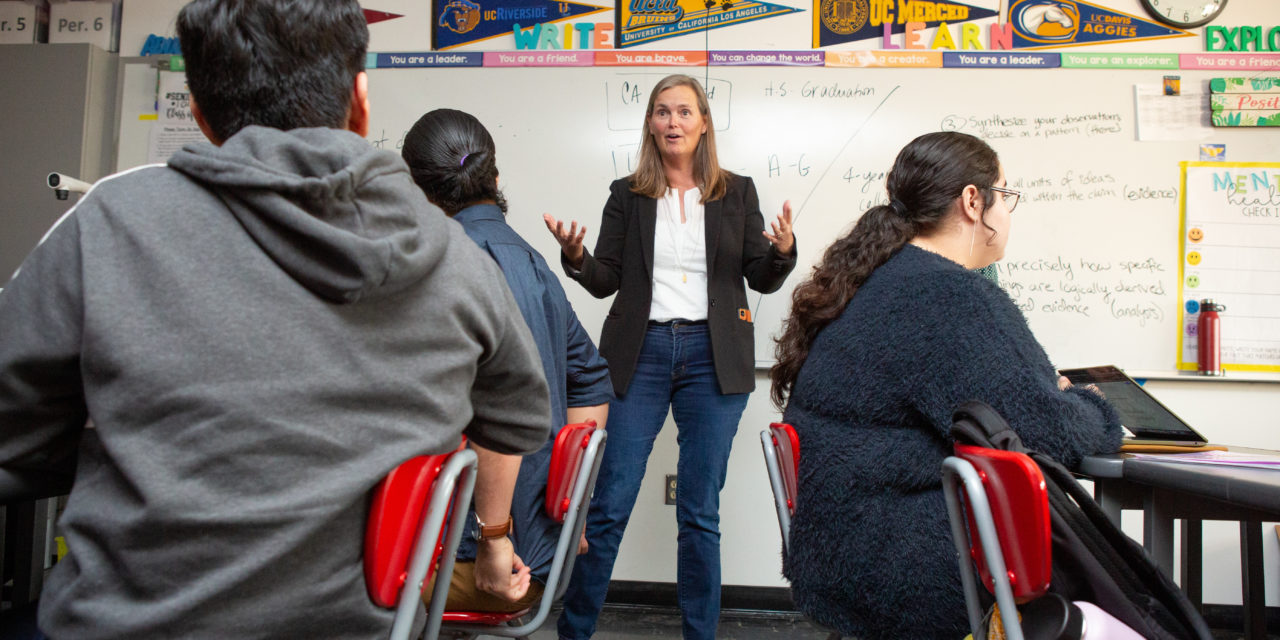
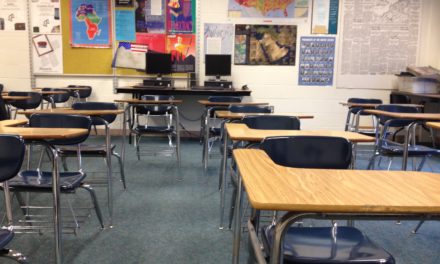
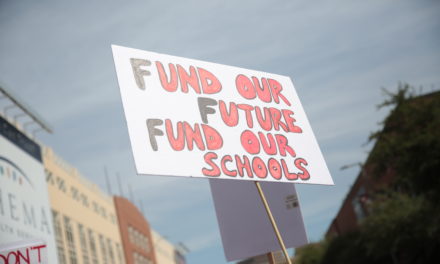
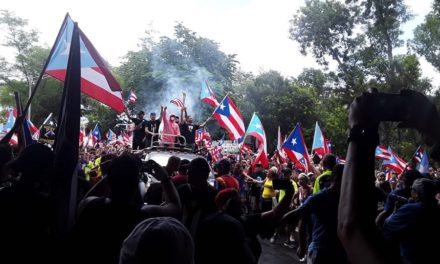
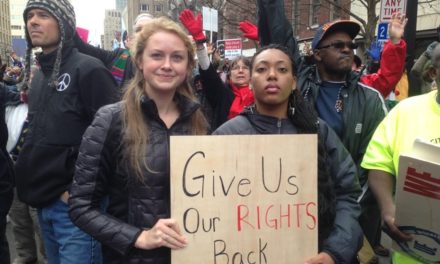
Recent Comments